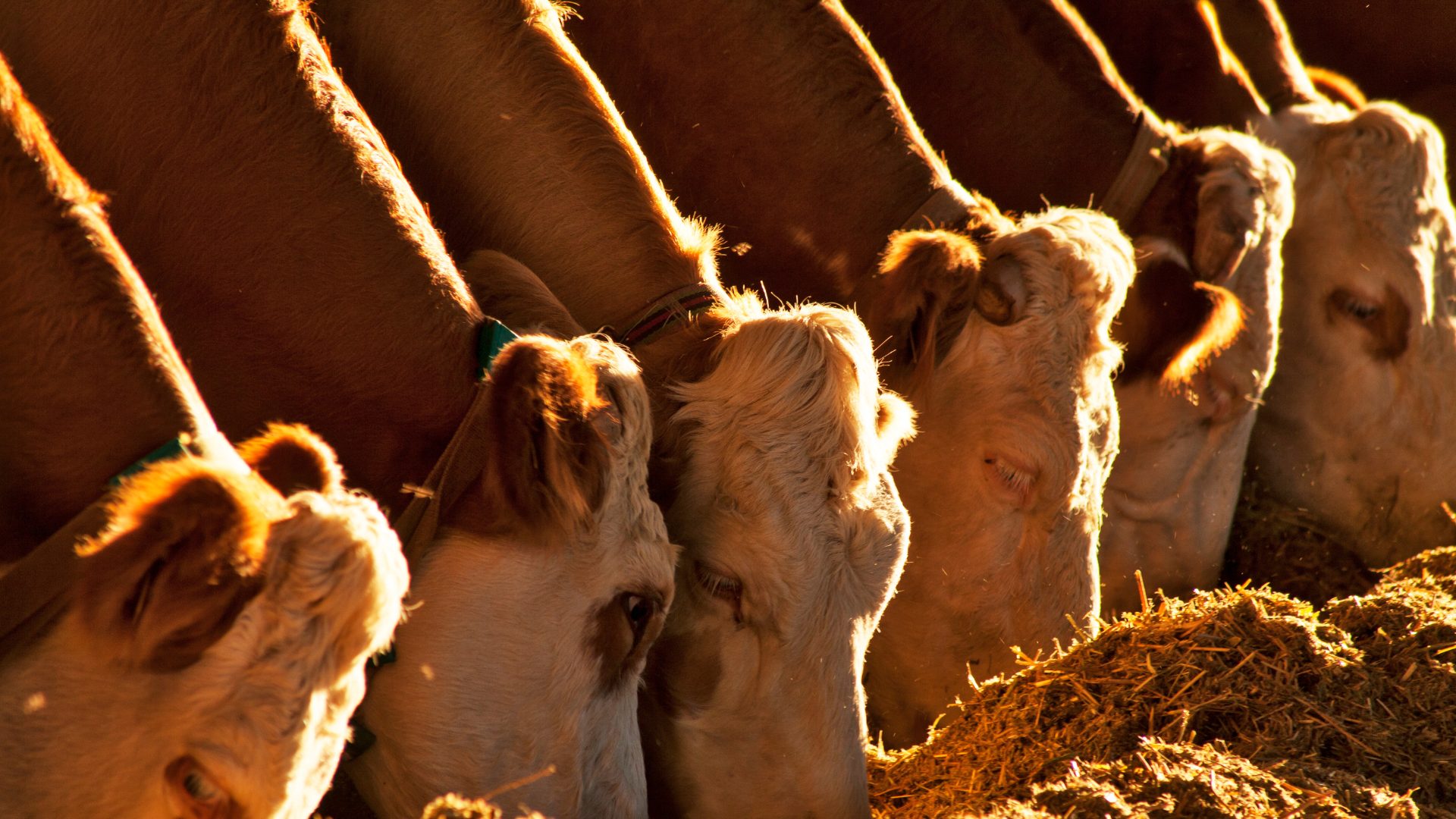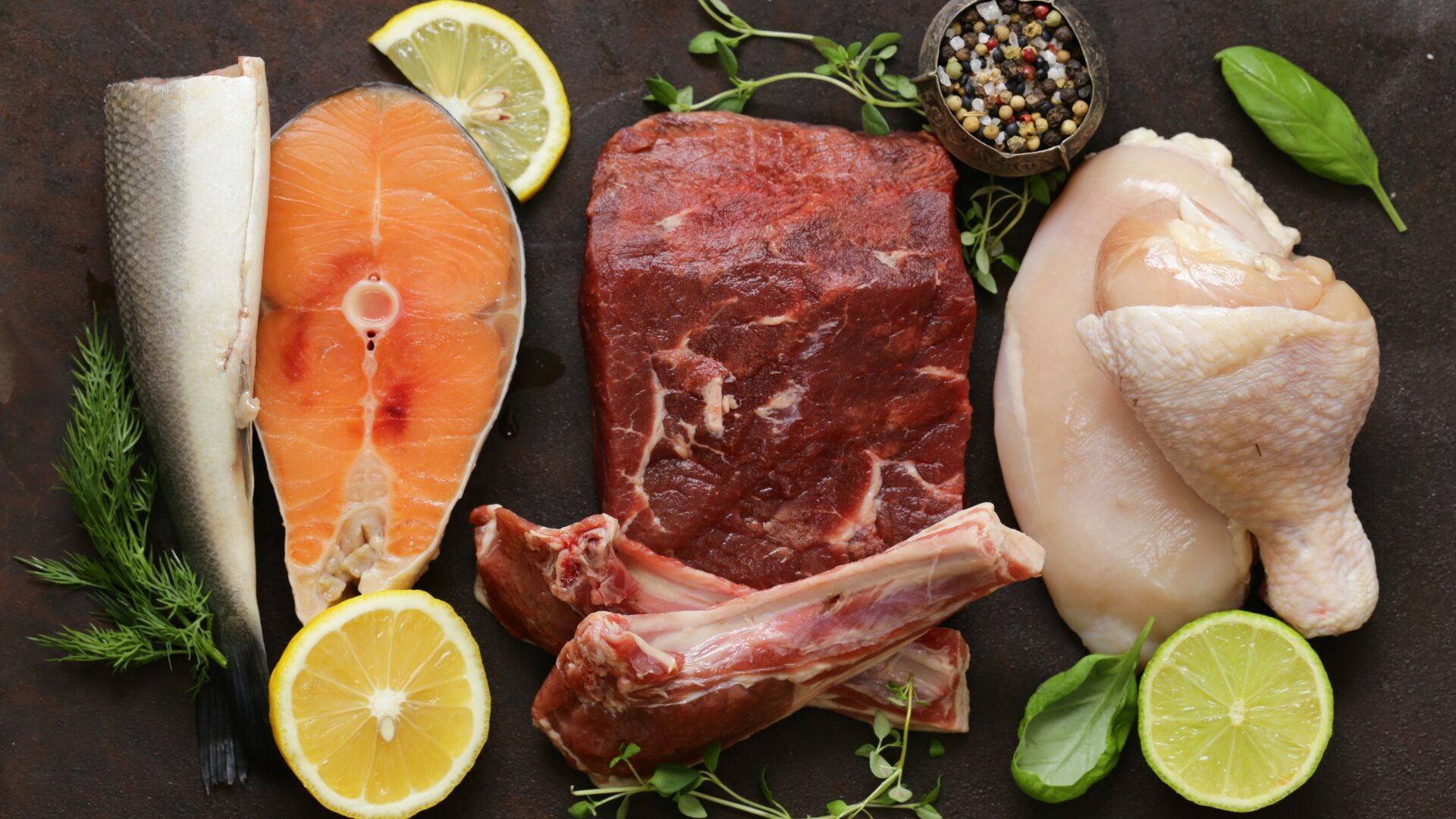Beef prices hit historic levels in 2023, but will those elevated levels remain as the industry moves into 2024?
Persistent drought has kept the national cattle herd down while resilient demand from consumers pushed prices to historic highs. The market is starting to show signs of weakness, however, according to Wells Fargo market executive Jeff Millican.
This dynamic also impacts the import-export situation for the industry.
“Higher prices have incentivized more imports of beef into the U.S. Imports are expected to increase again in 2024, which will be partially offset with lower exports. Exports have already been pressured in 2023 with the high beef price and strength of the U.S. dollar,” said Millican in an e-mail to The Food Institute.
Retailers to Turn to a Pre-Pandemic Playbook
When it comes to retail beef sales, consumers often keep a close eye on the price per pound, according to Anne-Marie Roerink, principal at 210 Analytics. They also have a routine lineup of cuts they prefer, so they are often keenly aware when prices rise or fall.
“In the case of beef, we had a few months early in the year where prices started to come down. We saw an immediate reaction in rising pound sales. But the euphoria was short-lived – with domestic production at a 50-year low and herds being culled due to droughts in the Midwest, prices are rising yet again,” she noted.
Roerink expected to see retailers turn to a pre-pandemic playbook in terms of promotions and discounts to drive beef purchases in the first half of 2024.
“Shoppers highly value quality and taste in beef and are willing to splurge a little more when they can create a meal that tasted great and they didn’t have any waste due to bad-quality product… As some two-thirds of consumers are still re-creating restaurant meals at home, it is definitely not about cheap, but about great value,” she added.
Beef Competing Against Pork, Chicken in the New Year
Roerink noted chicken sales were especially strong in the second half of 2023; Lance Zimmerman, senior beef and cattle market research analyst with Rabo AgriFinance, pointed to this sector, (alongside pork) as major challengers to the beef sector in 2024.
“Beef, pork, and broiler prices are all around 25% to 35% higher than where they were in 2019 ahead of the pandemic. So, beef prices are not exceptionally high today compared to the competition, but there is going to be considerably more availability of pork and broiler meat going forward,” he said.
Courtney Schmidt, Wells Fargo Agri-Food Institute sector manager, said beef remained a popular “value protein” for the U.S. consumer.
“Even with lower supplies and higher pricing, beef will be the second-highest consumed animal protein at almost 58 lbs. per person annually, according to USDA estimates. This compares to chicken at 99 lbs. per person and pork at 50lbs. per person,” she said.
Looking ahead, Zimmerman noted that prices would likely increase in the new year, but the magnitude of that increase would likely be more subtle in 2024.
“The current Rabobank forecast is for retail prices to average 4% higher next year,” Zimmerman added, noting the price increase would be largely due to tighter beef supplies.
Editor’s Note: This article is a free preview of the upcoming January edition of The Food Institute Report. Food Institute members receive access to the report. To learn more about membership options, click here.












